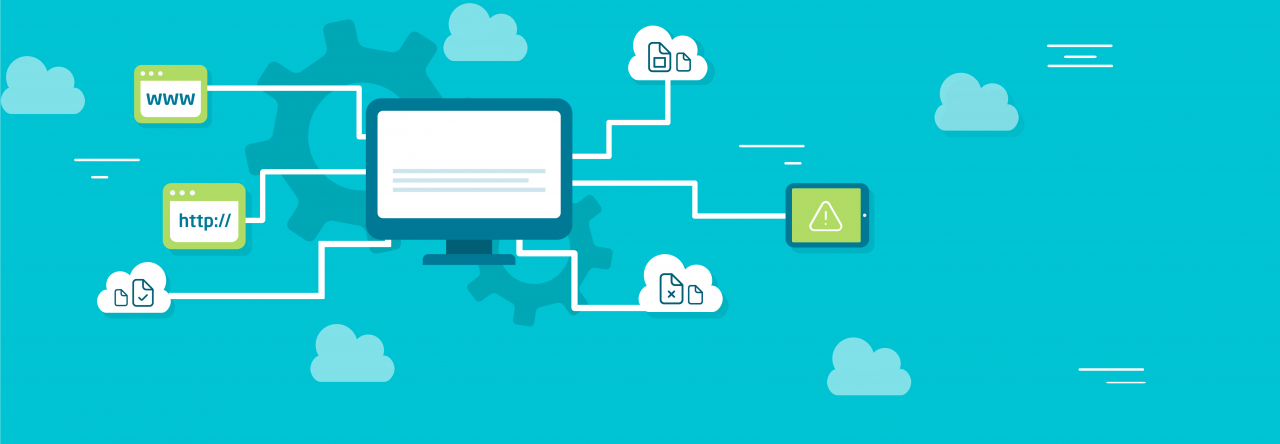
Mobile apps have become an integral part of our everyday lives, simplifying communication and automating various business processes. Their importance in the modern world cannot be overstated, as they enable us to perform a wide range of tasks on smartphones and tablets, providing a convenient tool for accessing information and services.
What Is a Mobile App and Why Is It Needed?
A mobile app is software designed for use on mobile devices such as smartphones and tablets. It is intended to solve specific tasks or provide certain functions to users. Mobile apps can come in various types, from games and social networks to productivity and business tools.
Their importance can be highlighted for several reasons:
- Convenience: They allow users to access services and information anytime and anywhere.
- Personalization: Mobile apps enable the creation of personalized experiences for users, considering their needs and preferences.
- User Engagement: Apps can build user loyalty and engagement through various features and capabilities.
- Monetization: Mobile apps can be profitable for developers through advertising, paid versions, or in-app purchases.
App Store and Google Play: Key Platforms for Mobile Apps
App Store and Google Play are the primary platforms for hosting mobile apps for iOS and Android, respectively. App Store is the app store for iPhone and iPad, developed by Apple. Google Play is the app store for Android-based devices, developed by Google. These platforms provide developers with access to millions of users and offer an ideal opportunity for distributing mobile apps.
Steps in Mobile App Development
Mobile app development is a complex and multi-stage process. Let’s take a detailed look at the key steps from idea generation to publication on App Store and Google Play:
1. Idea and Purpose Definition
The first step is to determine what you want to achieve with your app and who your target audience is. Thoroughly research your target audience and the market, identify the problems your app will solve, and define the core features.
2. Planning and Design
At this stage, you create the framework for your app, outlining its functionality and structure. Development can start on paper or with the use of specialized wire framing tools. Additionally, you need to determine the user interface and design, ensuring a user-friendly and attractive app.
3. Development and Programming
This stage involves the actual creation of the app’s functionality. Developers use various programming languages and development tools, taking into account the platform (iOS or Android) and environment on which the app will run.
4. Testing
Before releasing the app, thorough testing is essential. This includes identifying and fixing errors, ensuring compliance with functional requirements, security testing, and testing on various devices and operating systems.
5. Optimization and Preparation for Publication
During this phase, you optimize the app for app store listings. This includes setting up metadata, creating icons, and designing screenshots. You’ll also define your marketing strategy and support plan for the app’s launch.
6. Publication on App Store and Google Play
Once your app is prepared, you can submit it for review on App Store and Google Play. Both platforms conduct reviews to ensure compliance with their standards and security. After approval, your app becomes available for users to download.
7. Support and Updates
After publication, it’s crucial to continue improving your app, fixing bugs, and providing updates to keep users satisfied.
In conclusion, a mobile app is a powerful tool in today’s world for achieving various goals, from entertainment to business. Developing one requires effort and dedication, but with the right approach and process, it can become a successful project recognized by users on mobile platforms like the App Store and Google Play.

Leave a Reply